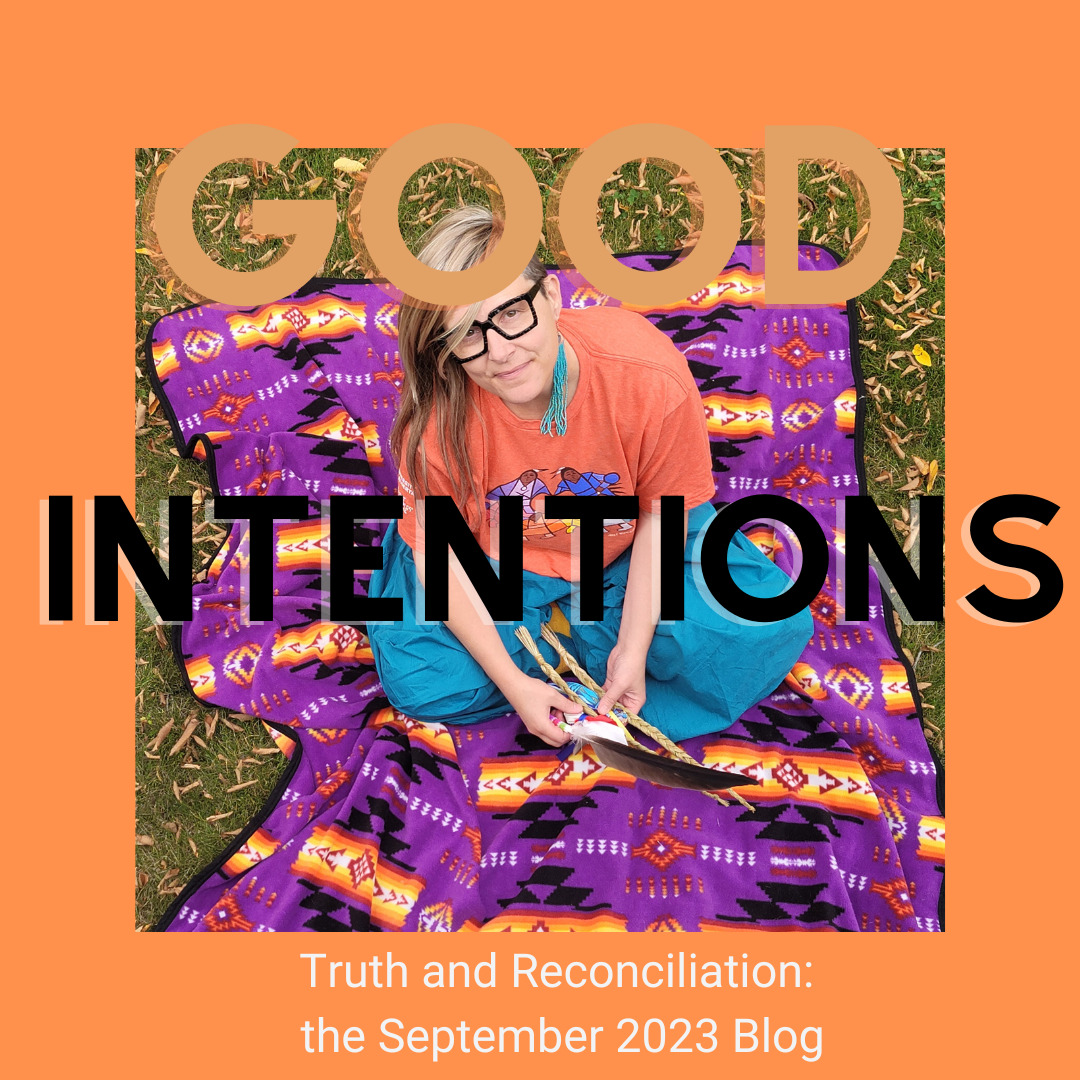Good Intentions and Their Limits in the Quest for Truth and Reconciliation
The landscape of Truth and Reconciliation in Canada is often punctuated by ‘good intentions,’ that in practice, fail to accomplish the transformative change that is urgently needed. Symbolic gestures, limited engagements, and superficial policies are the most glaring manifestations of such failed intentions. The ephemeral nature of these efforts belies a lack of systemic commitment and a misunderstanding of Canada’s multi-juridical nature—a tapestry of Canadian common law, civil law and Indigenous law.
The Pitfall of Performativity
A crucial factor contributing to the short lifespan of good intentions is ‘performativity,’ wherein organizations make surface-level changes to appear committed to reconciliation without confronting the deeper structural issues. This form of engagement falls short of genuine commitment and can result in exacerbating pre-existing tensions and inequalities.
Indigenization, Decolonization, and Reconciliation: A Triad for Effective Transformation
To meaningfully advance the agenda of Truth and Reconciliation, three interdependent pillars—Indigenization, decolonization, and reconciliation—need to be conscientiously integrated into workplace policies, strategies, and operations.
Indigenization
Indigenization involves respecting Indigenous knowledges, ethics, and legal orders. Within the workplace, this can be executed by:
- Recruitment Policies: Actively seeking Indigenous talent in a way that respects their unique skills and contributions.
- Indigenous Leadership: Ensuring Indigenous voices are part of decision-making processes.
- Cultural Sensitization: Conducting regular educational programs to build an Indigenous-friendly atmosphere.
Decolonization
Decolonization necessitates the dismantling of structures that perpetuate colonial ideologies. Actions may include:
- Policy Reevaluation: Scrutinizing existing policies that indirectly endorse colonial legacies.
- Equity Initiatives: Implementing policies to redistribute resources and opportunities.
- Narrative Correction: Revisiting and revising official histories, mission statements, and organizational philosophies to eliminate colonial narratives.
Reconciliation Through Enacting Indigenous Laws and Ethics
Recognizing Indigenous laws and incorporating them into the workplace involves several steps:
- Consultative Engagement: Engage Indigenous elders, legal scholars, and community representatives to identify applicable Indigenous laws.
- Policy Harmonization: Adapt these laws into workplace policies, keeping in mind the complex multi-juridical nature of Canadian society.
- Ethical Oversight: Establishing an oversight committee with significant Indigenous representation to ensure ongoing compliance.
Conclusion
For organizations to move beyond transient good intentions, a systemic overhaul is imperative. In a multi-juridical context such as Canada, the operative lens must widen to include Indigenous law and ethics as complementary and co-equal systems. Through sincere engagement with Indigenization, decolonization, and reconciliation, workplaces can contribute to a more equitable and harmonious society.



